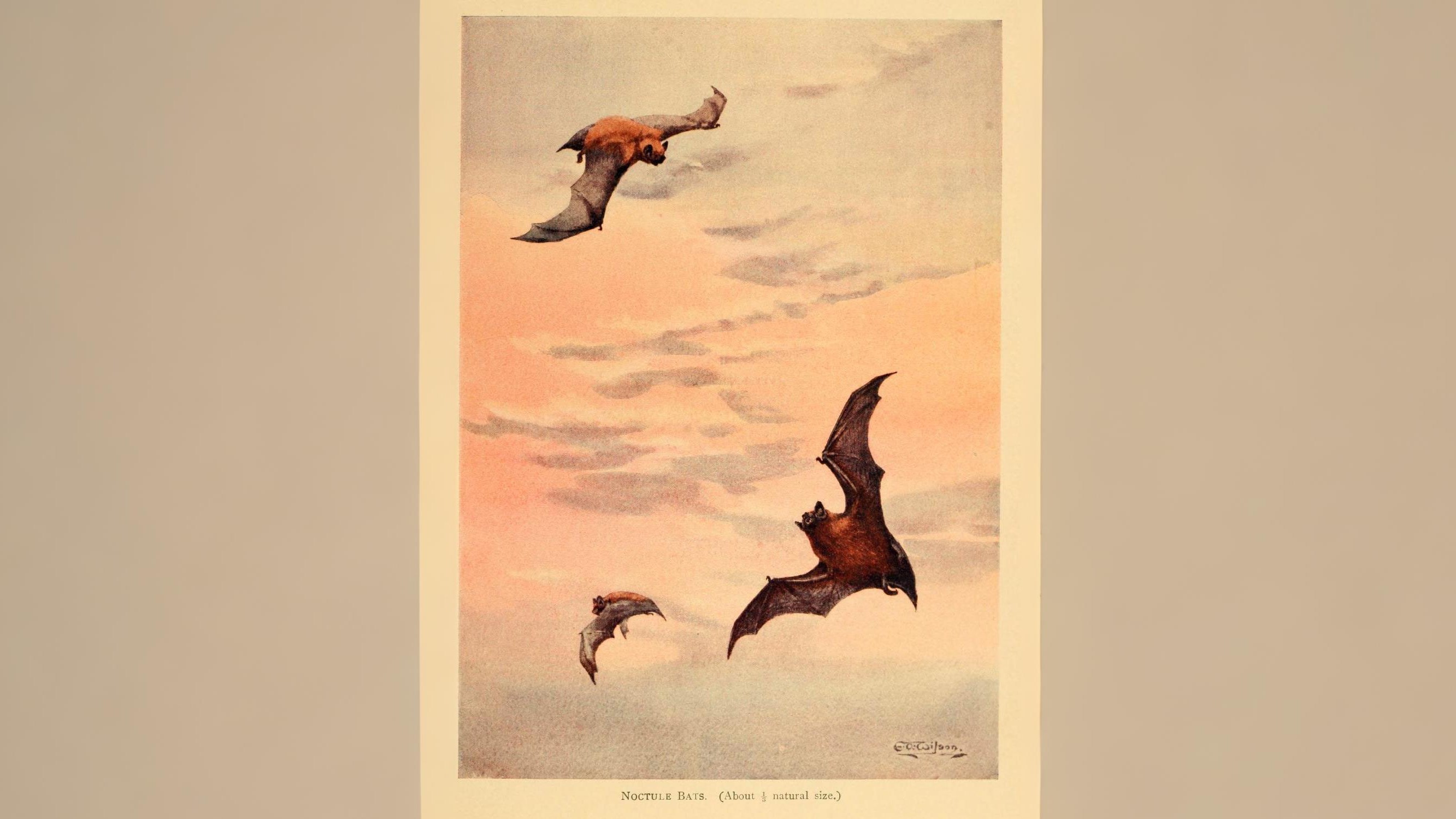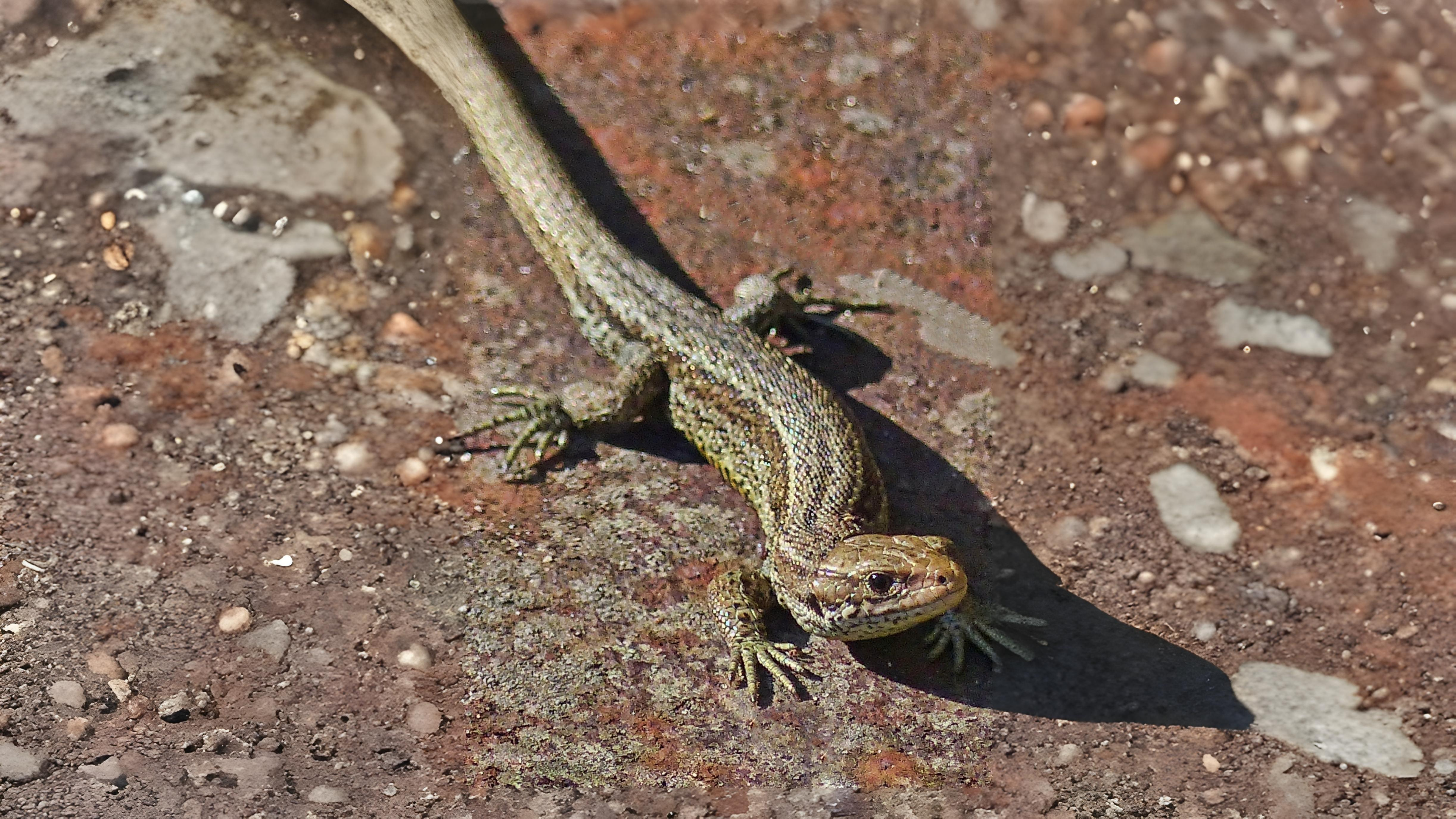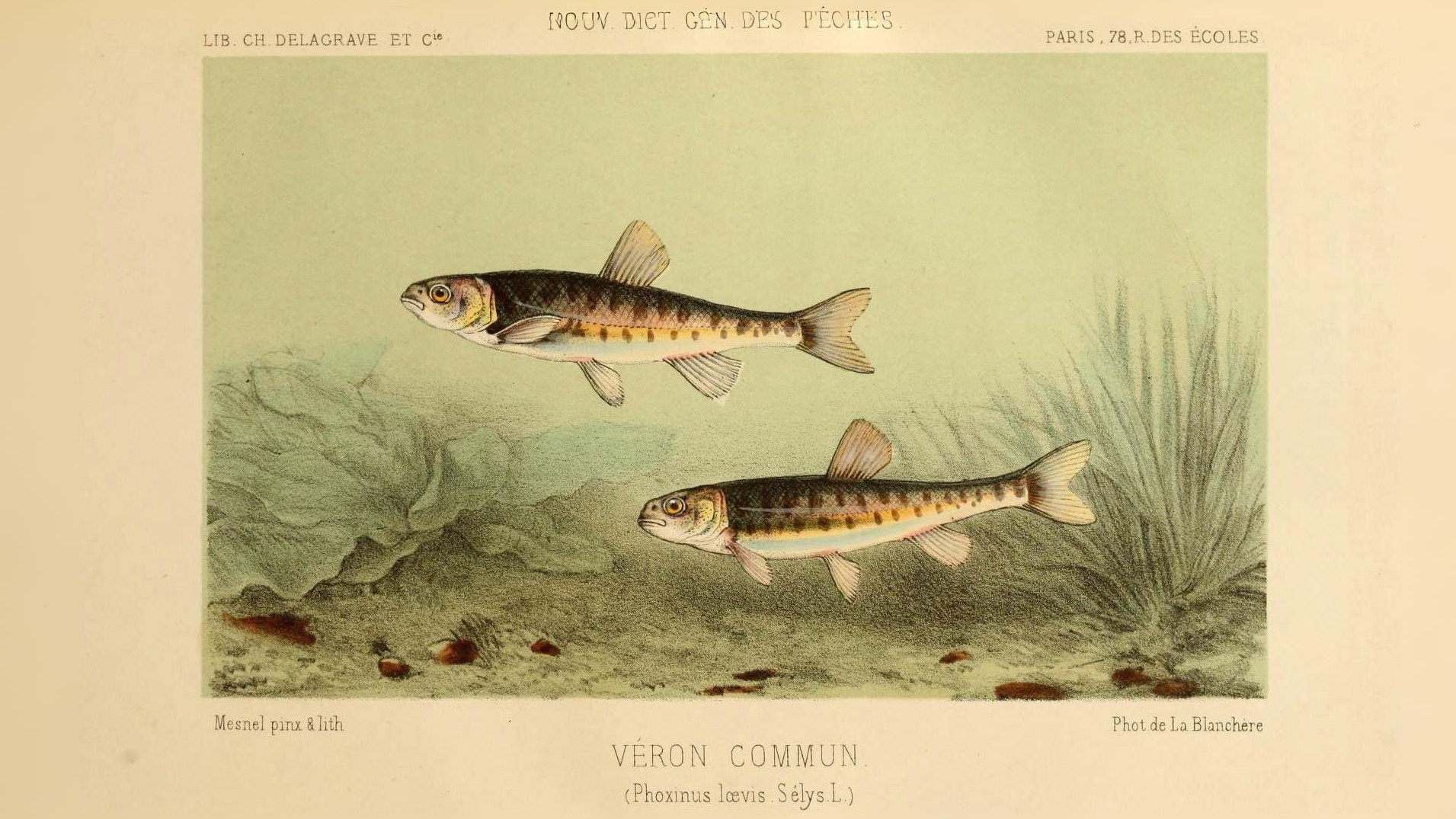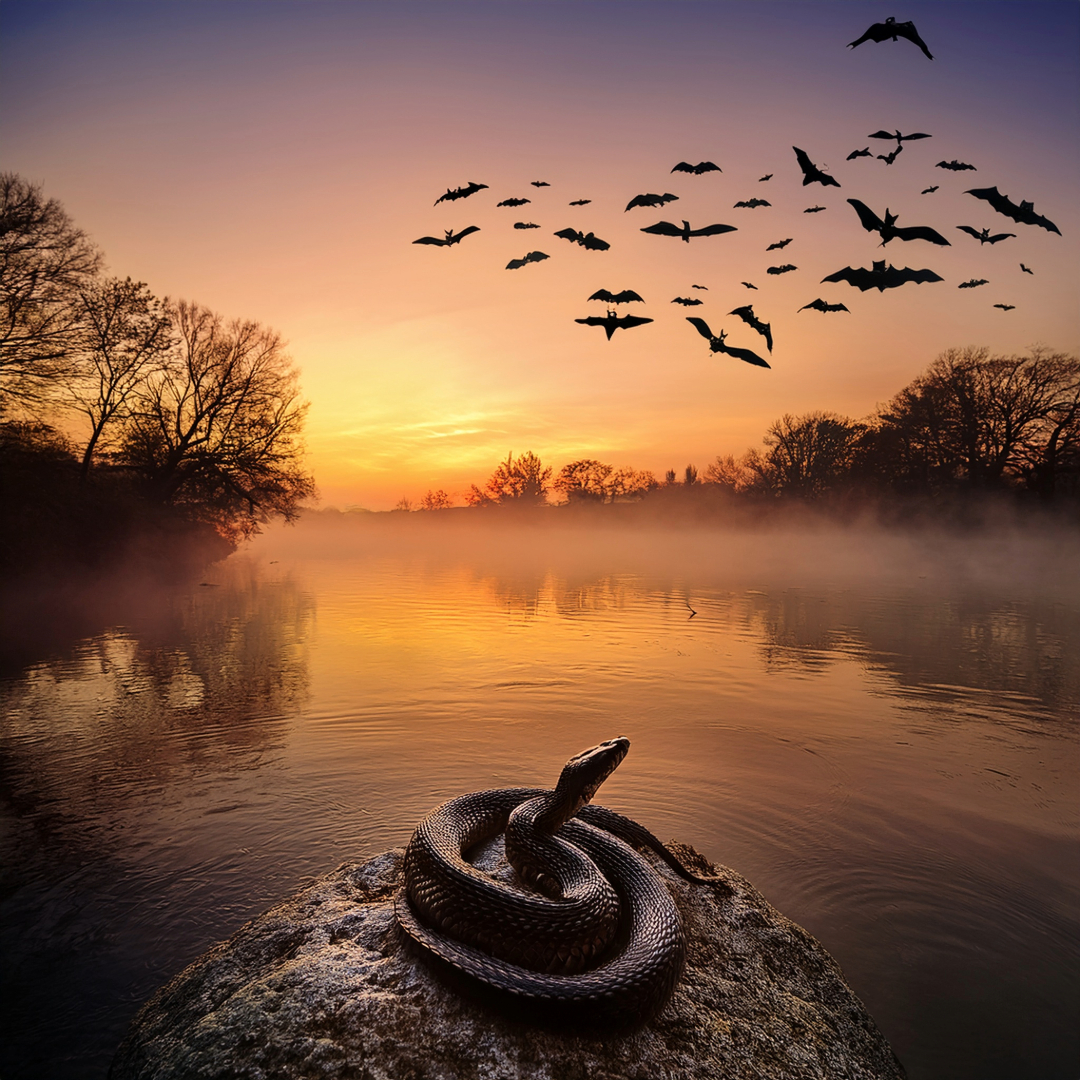
Return on June 22nd to uncover the secrets of London’s nocturnal and aquatic life. From rare horseshoe bats to adder births, discover the wild dramas unfolding just beyond the city’s glow.
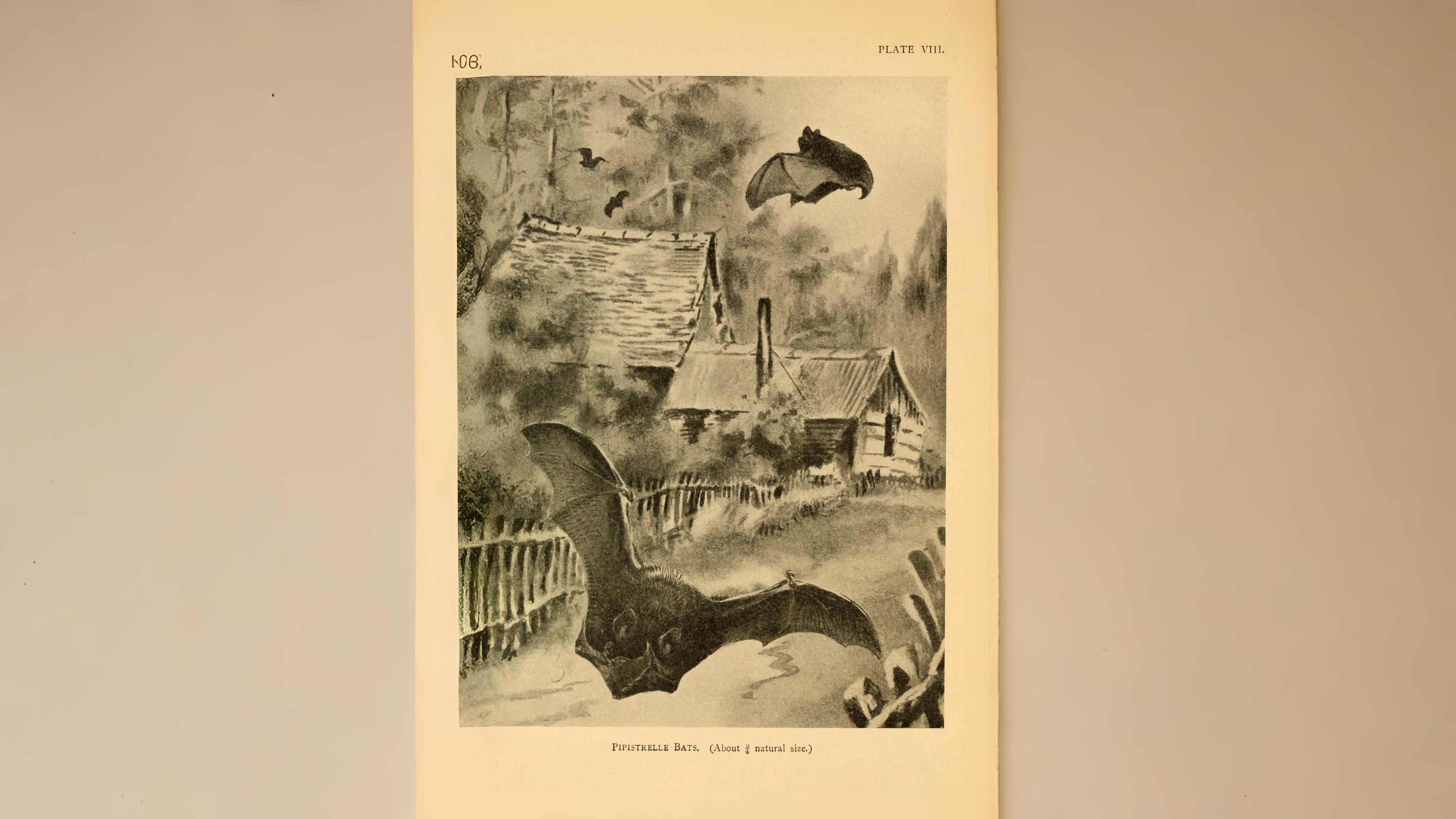

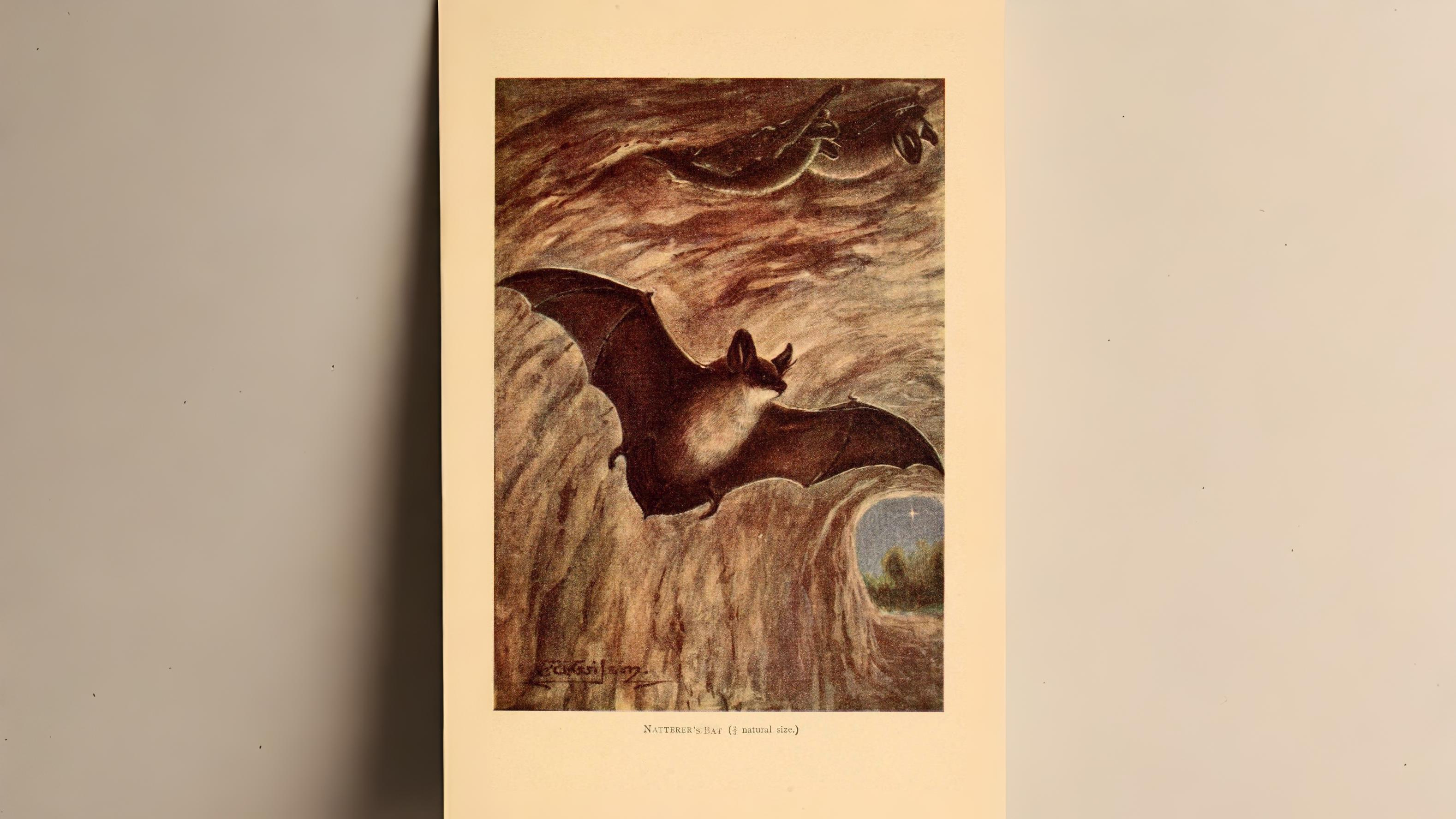

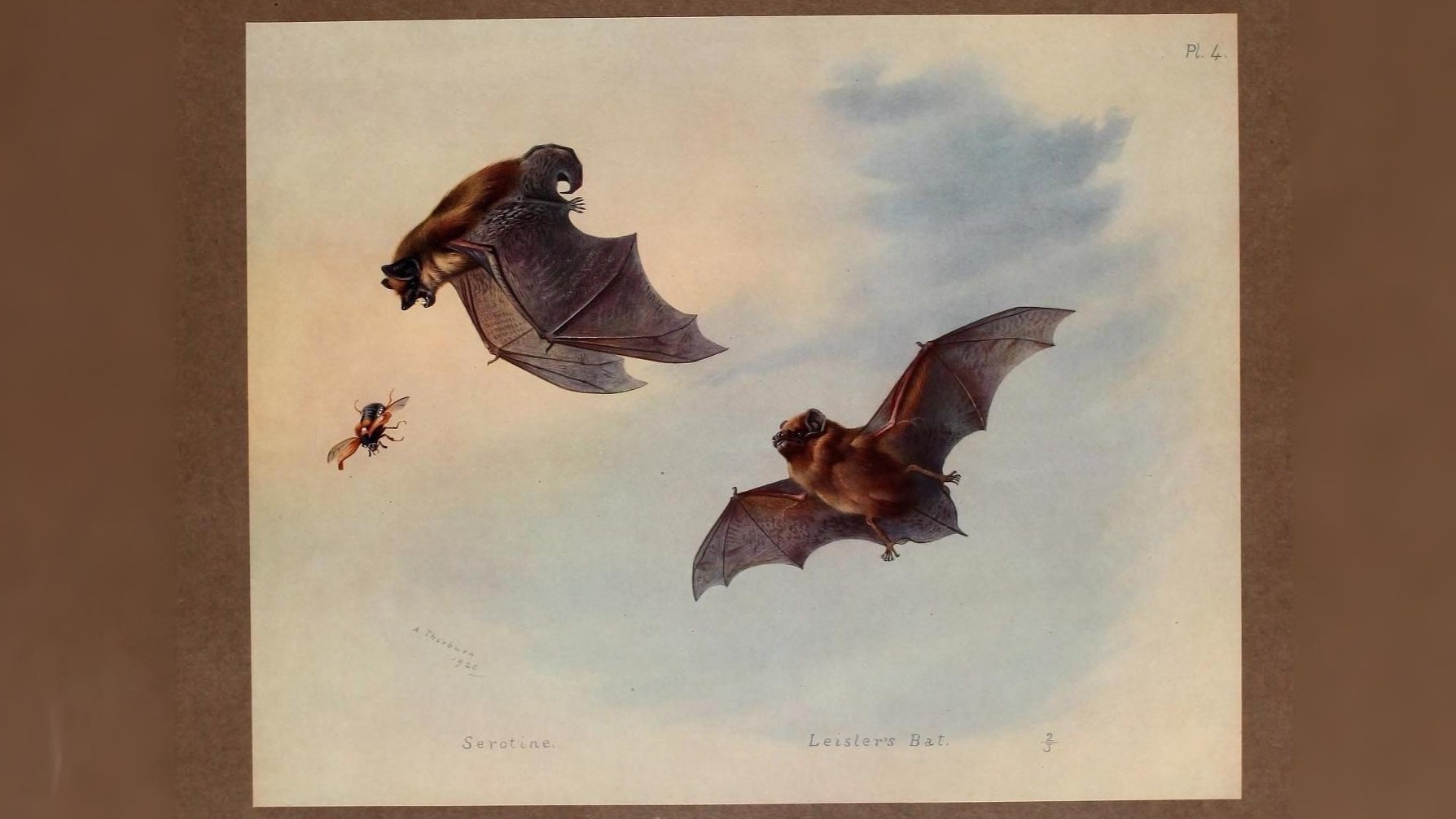

Natterer’s are more difficult than most to see as they seem to love total darkness. They may be flying around your ankles in a wood and still you won’t see them. They also fly low over water and are often seen near buildings. Their flight can be slow or fast, often in straight lines, and their tail is usually held straight out. It may be worth looking around roads with tall hedges in the Westhumble area for them. As with Noctules some people claim to hear their squeaks.


